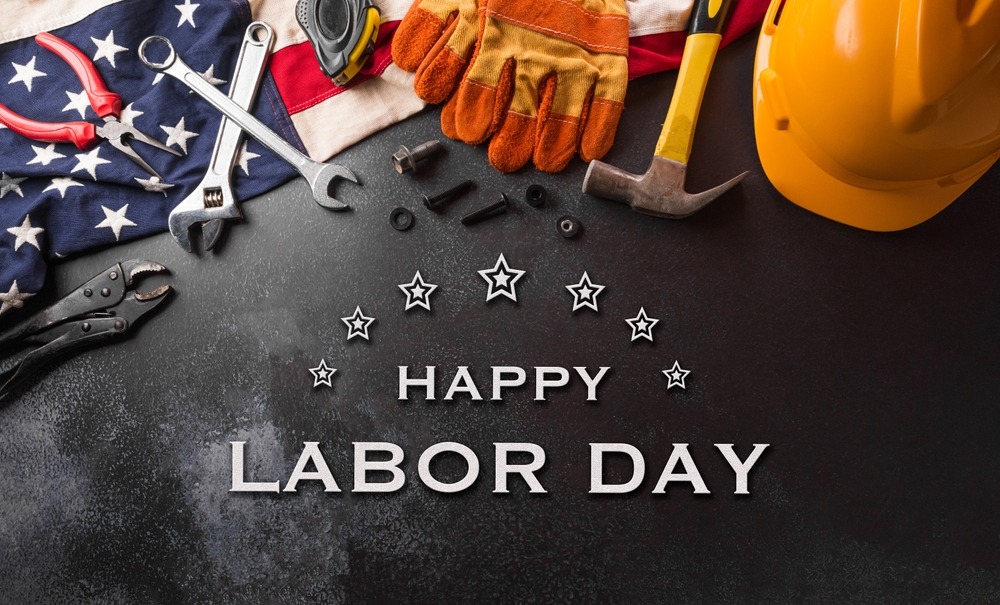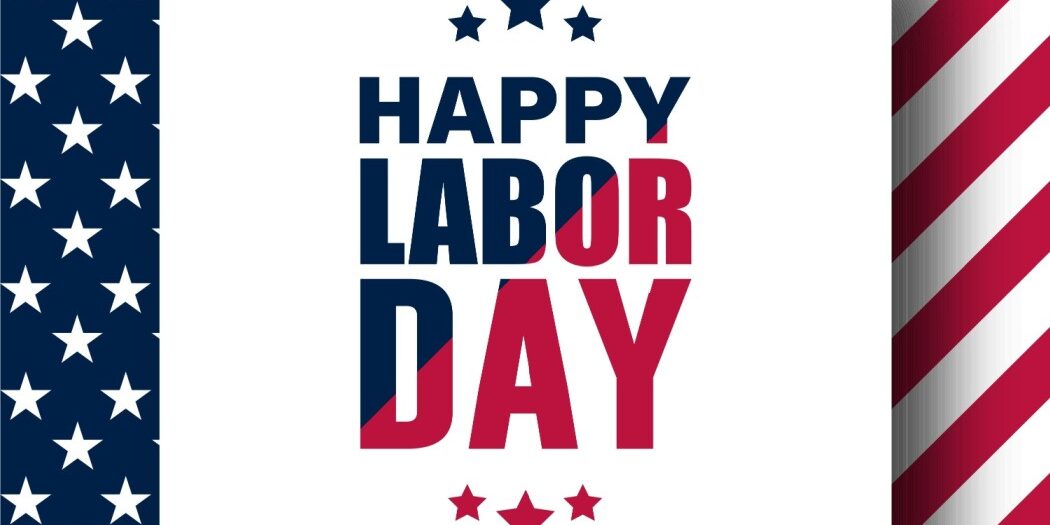The History of Labor Day: Its Global Significance and Diverse Celebrations
Labor Day is a worldwide celebration honoring the contributions of workers and the labor movement. Originating as a call for fair wages, reasonable working hours, and safe conditions, Labor Day has evolved into a day of rest, solidarity, and celebration in many countries. The history of Labor Day is rooted in labor struggles of the 19th century, when workers worldwide sought fair treatment and rights, leading to the establishment of this holiday in numerous nations. Although the date and customs vary, Labor Day remains a global acknowledgment of the value of labor, marking a powerful moment in history for workers everywhere.
The Origins of Labor Day
Labor Day’s origins trace back to the Industrial Revolution of the 19th century, a period marked by intense labor demands, low wages, and exploitative working conditions. Workers, often working 10- to 16-hour days in unsafe factories, began to form unions to advocate for better treatment. These movements gained momentum worldwide as workers rallied for an eight-hour workday and safer conditions. The United States played a pivotal role in the history of Labor Day. On May 1, 1886, hundreds of thousands of American workers, organized by unions, went on strike demanding an eight-hour workday. This strike is often referred to as the Haymarket affair, which turned violent when a bomb exploded during a rally in Chicago, leading to deaths and widespread violence. The incident, although tragic, drew global attention to the workers’ cause and is considered a turning point in labor rights movements, leading to May 1 being recognized internationally as International Workers’ Day, or “May Day.”
Labor Day in the United States and Canada
In the United States, Labor Day is celebrated on the first Monday in September, which differs from the International Workers’ Day observed on May 1. This date was chosen to provide a separate day of rest for American workers while avoiding any direct connection to the radical elements of the May 1 celebrations. The first official U.S. Labor Day was observed on September 5, 1882, in New York City, organized by the Central Labor Union. By 1894, President Grover Cleveland signed a law making the first Monday in September a national holiday to honor workers’ contributions to the country’s growth. Canada also observes Labor Day on the first Monday in September, a tradition that predates the U.S. holiday and originated from labor disputes in Toronto in the 1870s, where workers sought fair wages and shorter workdays.
Labor Day Celebrations Around the World
Though the intent of honoring workers is shared, the date and customs surrounding Labor Day vary globally. Here’s a look at how different countries observe Labor Day and May Day.
1. International Workers’ Day (May 1)
For many countries, May 1 is International Workers’ Day, a date chosen to commemorate the Haymarket affair and to celebrate labor solidarity and workers’ rights. This day is widely celebrated in Europe, Latin America, Asia, and Africa, each adding its own cultural flavor.
2. United Kingdom – May Day Celebrations
In the UK, May Day has a long history and combines traditional spring festivities with labor rights observances. While it isn’t always celebrated on May 1, the country observes May Day on the first Monday of May as a public holiday. Some cities hold rallies organized by trade unions and workers’ associations, highlighting workers’ achievements and advocating for labor rights. Additionally, traditional May Day customs like Morris dancing and Maypole dances also take place in villages and towns, blending both spring celebrations and labor observances.
3. Germany – International Workers’ Day
Germany observes International Workers’ Day on May 1 as a public holiday, where it is known as “Tag der Arbeit” (Day of Labor). The day typically involves marches organized by labor unions, political speeches, and rallies advocating for workers’ rights. Cities like Berlin host large gatherings where workers, activists, and the public participate in a day of solidarity. While it has political undertones, it’s also a festive day for many, with families enjoying the spring weather in parks and public spaces.
4. France – Fête du Travail (Festival of Labor)
In France, May 1 is a national holiday known as “Fête du Travail.” Similar to Germany, it includes labor union rallies and marches across major cities, especially in Paris. An interesting tradition in France is the gifting of Lily of the Valley flowers on May 1 as a symbol of good luck and happiness. This custom dates back to the 16th century and is now intertwined with Labor Day festivities, making it a unique blend of springtime celebration and labor solidarity.
5. Australia – Varying Dates by State
In Australia, Labor Day is celebrated on different dates depending on the state. For example, in Queensland and the Northern Territory, Labor Day is observed on the first Monday in May, while in Victoria and Tasmania, it falls in March. The variation reflects the staggered progress of labor rights achievements across the country. Each state marks the day with marches, community events, and festivities. Parades, often featuring banners of historic labor unions, are common, emphasizing the importance of fair labor practices in Australian history.
6. China – International Workers’ Day
In China, International Workers’ Day, or “Laodong Jie,” is celebrated on May 1 and is one of the “Golden Week” holidays, providing a three-day period for travel, relaxation, and family gatherings. Workers’ Day is a time for both relaxation and recognition of workers’ contributions to the nation. Parades, community events, and ceremonies often feature prominently in major cities, and the holiday serves as an opportunity for people to travel, visit family, or enjoy leisure activities.
7. Brazil – Dia do Trabalhador (Workers’ Day)
Brazil celebrates Workers’ Day on May 1 with a blend of political and cultural events. In major cities like São Paulo, the day is marked by parades, rallies organized by labor unions, and large concerts that attract thousands of attendees. Political leaders in Brazil may address workers’ issues in speeches, reflecting the holiday’s role in highlighting labor rights and achievements. It’s both a day of celebration and a reminder of the importance of fair treatment and respect for workers.
8. South Africa – Workers’ Day
In South Africa, Workers’ Day on May 1 is both a public holiday and a day of labor solidarity. Workers’ Day took on a unique significance during the anti-apartheid struggle, as labor unions and workers played a crucial role in the fight for freedom and equality. Today, Workers’ Day celebrates the contributions of South African workers to society and the struggle for workers’ rights. Events include political rallies, speeches, and gatherings honoring the labor movement’s role in advancing social justice.
9. United States – Labor Day
In the United States, Labor Day is celebrated on the first Monday in September and serves as a tribute to American workers’ contributions to the nation’s economic strength, social progress, and overall well-being. The holiday originated in the late 19th century, during a period of intense labor activism when workers across the country advocated for better wages, reduced hours, and safer working conditions. The first official U.S. Labor Day celebration took place on September 5, 1882, in New York City, organized by the Central Labor Union. Recognizing the holiday’s significance and the momentum of the labor movement, President Grover Cleveland signed a law in 1894 making Labor Day a national holiday. Today, Labor Day has evolved from its activist roots into a day for relaxation and leisure, marking the unofficial end of summer. It’s celebrated with family gatherings, parades, festivals, and barbecues, as well as major retail sales and sports events, particularly the beginning of the college football season. Though the holiday’s tone has shifted from its labor rights origins, it remains a day to honor American workers and their contributions.
 Evolution of Labor Day and Its Modern Significance
Evolution of Labor Day and Its Modern Significance
Labor Day’s significance has evolved over the decades, reflecting both historical struggles and modern labor achievements. The early rallies and strikes that marked the fight for an eight-hour workday and fair treatment have given way, in many places, to a day of rest and celebration. In some countries, the political and activist tones of Labor Day remain strong, especially in places where workers’ rights continue to face challenges. For example, in countries with developing economies, Labor Day often serves as a reminder of ongoing struggles for fair wages and safe conditions.
In other parts of the world, Labor Day is less politically charged and more of a cultural holiday or a day for family gatherings, picnics, and parades. In the United States, Labor Day weekend in September marks the unofficial end of summer and is associated with sales, festivals, and barbecues, a far cry from its early association with labor struggles. Similarly, in countries like China, Labor Day serves as an opportunity for travel and relaxation rather than labor activism.
A Global Tribute to Workers’ Rights and Contributions
Labor Day’s story is one of resilience, solidarity, and the pursuit of fairness for workers around the world. Its origins in the labor struggles of the 19th century have paved the way for modern labor rights, reminding us of the progress achieved and the work that remains. Celebrated in different forms and on different dates across the globe, Labor Day unites workers in a shared history and common purpose. Whether marked by rallies, feasts, or simply a day off, Labor Day serves as a tribute to those who fought for fair working conditions and honors the invaluable contributions of workers who continue to build and sustain societies worldwide.





































1 Comment